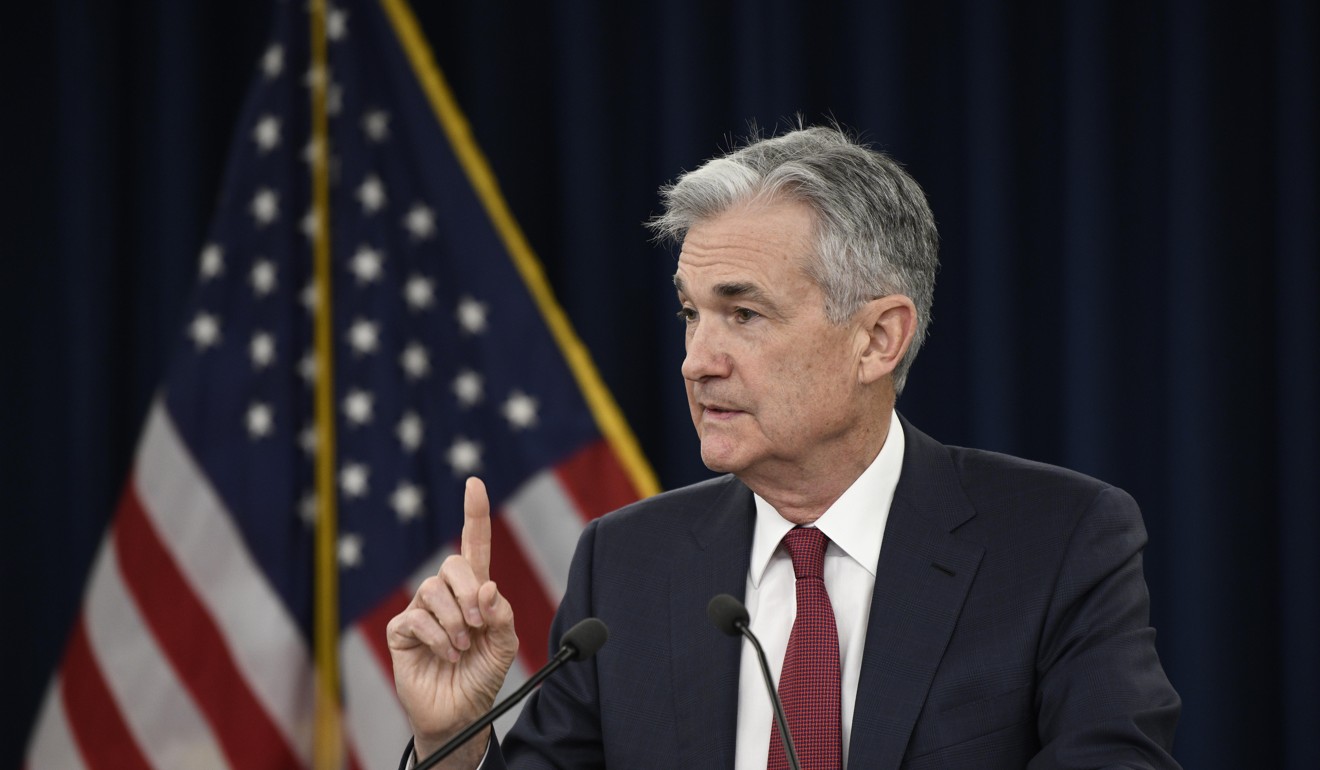
The Federal Reserve’s dovish stance might not last as long as exuberant investors expect
- While markets’ optimistic response to progress on a US-China trade deal and Chinese economic stimulus seems sensible, expectations that the Fed will continue its leniency in this cycle may be overblown
It has been a wild ride in markets, with global equities falling by 17 per cent between early October and late December, only to regain almost all of that in 2019.
In hindsight, we can now discern the two principal drivers of those serious market moves, which should help us figure out where markets may go from here.
The market reaction to this was predictably negative, as investors struggled to tell whether this was just a temporary slowdown or the beginning of a full-blown downturn.

The market’s positive assessments of the better news on growth and US-China trade seem sensible, but an overly bullish interpretation of the Fed’s new stance ought to give room for pause.
Many investors now think that either the Fed is done with rate hikes altogether for this cycle, or might even cut rates if the economy deteriorates – and that this provides room for another strong equity market rally. They draw parallels to the 2016-17 period. A global economic slowdown, falling oil prices and a slowing China were met in December 2015 with the first hike in US interest rates since the financial crisis. This spooked global markets, which led to the Fed refraining from further hikes for a year, while stimulus eventually stabilised the Chinese economy. This led to a two-year rally, with global equities rising by around 50 per cent.
Wages in the US have finally begun to rise, and while the Fed may have spoken dovishly this week, this may not last that long if inflation picks up. In other words, if things do go well in the economy, interest rate hikes may well be back on the table sooner than the optimists hope.
Conversely, a cut in US interest rates is likely to be preceded by a run of bad news, which would drive markets significantly lower. So, while the greater degree of caution by the Fed and other central banks is welcome, it should not be cause for exuberance. The economic and market outlook is not terrible, but big and sustainable gains in markets from here will need to be driven by good news from the real economy, and not just hopes for central bank leniency.
Patrik Schowitz is a global multi-asset strategist at JP Morgan Asset Management

